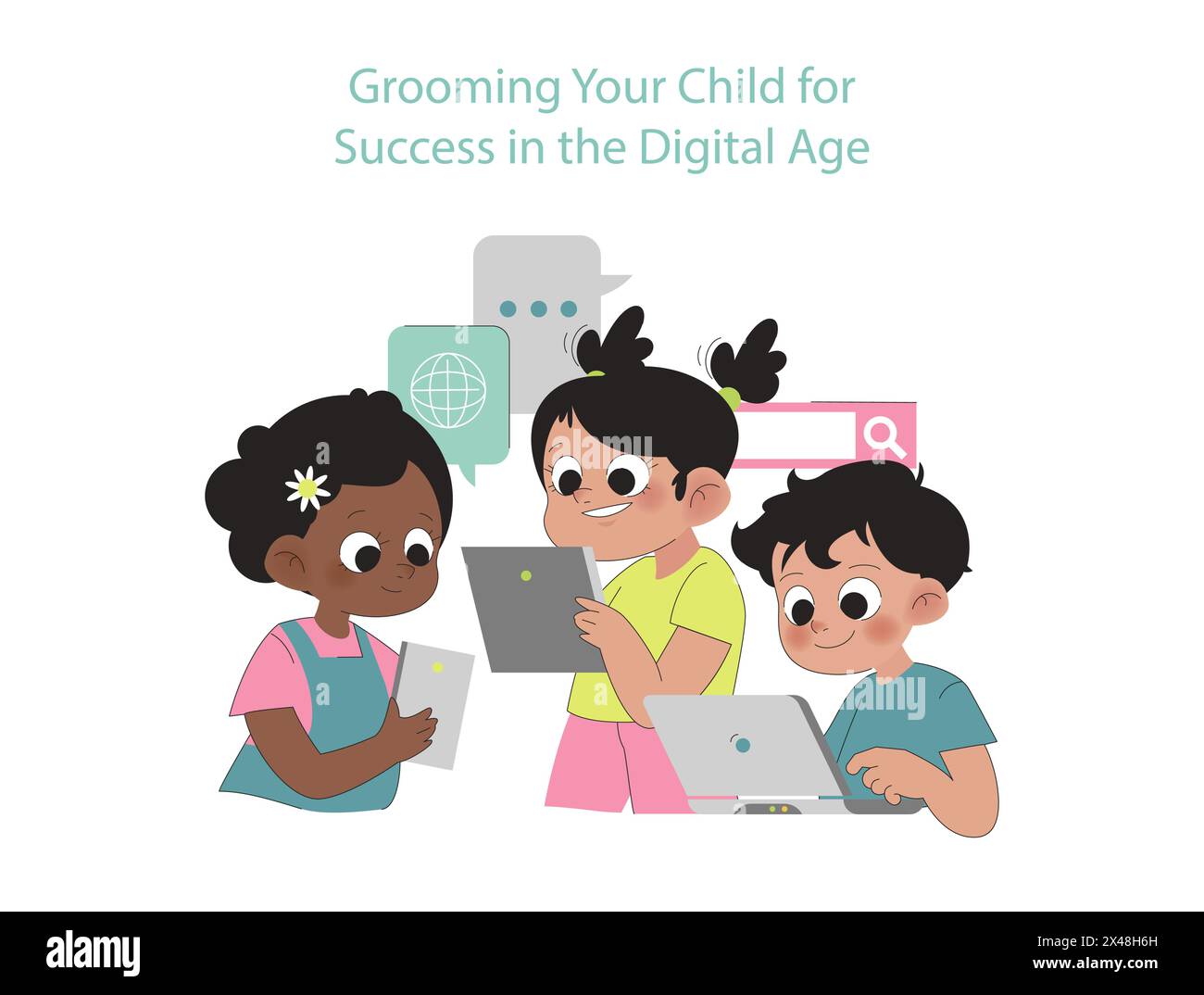 BONDET.CO –
BONDET.CO –
Digital Identity: More Than Just Profiles – How Urban Youth Craft Their Online Selves
In the bustling metropolises of the 21st century, life moves at the speed of fibre optics. For urban youth, navigating this hyper-connected landscape means constantly negotiating their presence both in the physical streets and the vast digital realm. More than just passive users, these young individuals are active architects of their online identities, meticulously crafting personas that reflect, refract, and sometimes reimagine who they are. This isn’t mere vanity; it’s a complex process of self-discovery, social negotiation, and cultural participation vital to thriving in the modern urban environment.
Digital identity, for urban youth, is a dynamic, multidimensional construct built across various platforms – from the visual narratives of Instagram and TikTok to the community building of gaming platforms and the discourse on Twitter or Reddit. Unlike previous generations whose identities were primarily forged in face-to-face interactions within defined geographical communities, urban youth exist in a hybrid space where online connections and offline realities constantly intersect and influence one another. The city itself provides a rich, diverse backdrop of trends, subcultures, and visual stimuli that often fuel the content and aesthetic choices made online.
One of the most striking aspects of this crafting process is the element of curation and performance. Every profile picture, every shared video, every carefully worded caption contributes to a larger narrative. Urban youth are highly attuned to the aesthetics and social cues of different platforms. Instagram might be for presenting a polished, aspirational version of self – showcasing style, experiences, and social circles. TikTok, conversely, allows for rapid experimentation with trends, humour, and performance, offering a space for raw energy and quick virality. Gaming platforms enable the construction of identities based on skill, teamwork, and specific subcultural knowledge. This selective presentation is a form of digital storytelling, where the individual is both the author and the protagonist.
This careful curation isn’t necessarily about being "fake." It’s often about exploring and expressing different facets of a complex personality. The anonymity or semi-anonymity offered by certain online spaces allows for experimentation with identities that might feel less accessible or accepted in their immediate physical surroundings. A shy teenager might become a confident commentator online; someone navigating a complex family life might find solace and expression within a niche online community. The city’s diversity, while physically present, is amplified online, providing access to global trends and subcultures that resonate with individual interests, allowing youth to find ‘their people’ beyond geographical limitations.
The motivations behind this meticulous crafting are manifold. Social capital is a significant driver. Likes, followers, comments, and shares are tangible forms of validation and influence within the digital social hierarchy. Building a strong online presence can lead to opportunities, whether it’s gaining recognition for creative talents, building a personal brand, or simply solidifying friendships and social status. For urban youth, often living in competitive environments, this digital social capital can be just as valuable as offline connections.
Furthermore, online spaces serve as crucial arenas for self-discovery and peer validation during a critical developmental period. Trying on different online personas, experimenting with various forms of expression, and receiving feedback from peers (both positive and negative) helps shape their understanding of who they are and where they fit in. The rapid pace of urban life is mirrored in the fast-evolving trends online, requiring youth to constantly adapt and innovate their digital presence to stay relevant and connected.
However, this process is not without its challenges. The pressure to maintain a seemingly perfect or constantly engaging online persona can lead to anxiety, comparison culture, and feelings of inadequacy. The line between authenticity and performance can become blurred, making it difficult for youth themselves to discern their ‘true’ selves. Privacy concerns are ever-present, with a digital footprint potentially following them into adulthood. Cyberbullying and online harassment pose significant threats, turning spaces of self-expression into sources of trauma.
Despite these challenges, the opportunities unlocked by digital identity crafting are immense. Urban youth are leveraging their online presence for activism and social change, using platforms to amplify their voices on issues like climate change, social justice, and local community concerns. They are building entrepreneurial ventures, selling art, fashion, or services directly to consumers online. They are developing valuable digital literacy and creative skills – photography, video editing, graphic design, writing, and digital marketing – that are highly transferable in the modern economy.
In conclusion, the digital identities crafted by urban youth are far more than superficial profiles. They are complex, dynamic, and vital extensions of their offline selves, shaped by individual aspirations, social pressures, and the unique context of urban life. This process of self-construction online is a form of creative expression, social navigation, and identity formation critical to understanding the lived experience of young people in today’s interconnected cities. Recognizing the effort, creativity, and significance embedded in how urban youth craft themselves online is crucial for fostering supportive environments that empower them to navigate the digital world safely and effectively, transforming pixels into powerful expressions of self.
 Digital Identity: More Than Just Profiles – How Urban Youth Craft Their Online Selves
Digital Identity: More Than Just Profiles – How Urban Youth Craft Their Online Selves
” title=”
Digital Identity: More Than Just Profiles – How Urban Youth Craft Their Online Selves
“>
